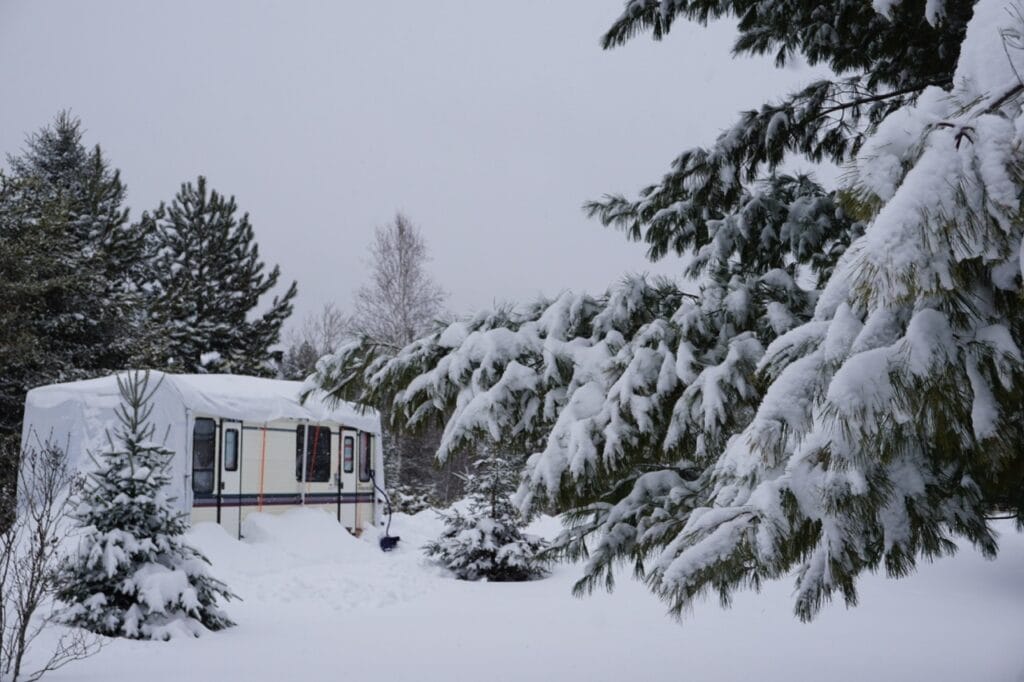
In case you haven’t yet noticed, baby, it’s getting cold outside! But that shouldn’t stop you from enjoying your RV camping experience. Fight the frigid weather using these simple tried-and-true winter camping tips.
Insulate RV windows and floors
Directly beneath the floor of your RV is earth (or concrete) and cold air. The slightest breeze can seep into your RV and bring down the temperature. To stay warm, just add rugs and thermal curtains to trap heat inside. By adding thick rugs to a hard floor, you keep cold air out and warm air in. The rug also feels much more comfortable on bare feet when walking around your home.
Remember that windows are evil heat stealers. They deplete your warmth supply quickly if not properly sealed and covered. You can keep heat inside by covering the windows with Reflectix, bubble wrap or foam insulation boards. To add extra warmth, hang heavy thermal curtains, or even a heavy blanket, to cover the already insulated windows. By adding that extra layer, you’ll be able to maintain even higher temperatures inside.
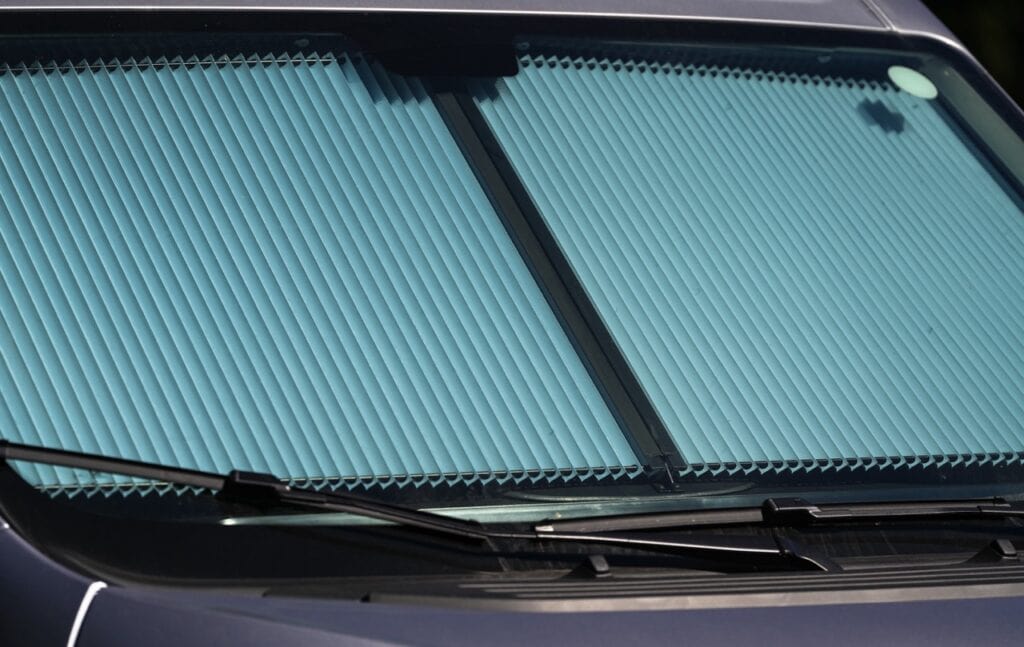
If it’s sunny outside, keep the windows uncovered. This helps sunlight shine through the windows and add extra natural warmth. Be sure to re-cover them once the sun goes down.
Some downsides of covering RV the windows during winter include eliminating natural light in the camper, trapping condensation on the windows’ interior, and of course blocking gorgeous views. You need to weigh your options.
Ready for more cold winter camping tips? Learn different ways to insulate your travel trailer.
Keep humidity away
Humidity is not your friend. Purchase an exterior vent cover to promote air circulation. This will reduce condensation in your RV when humidity builds up after showering and cooking. By reducing excess moisture inside the camper, you’ll stay warmer and ultimately prevent mildew in your rolling home.
An additional way to prevent humidity inside RVs is to purchase a small space dehumidifier. The dehumidifier lowers the humidity level within the RV to keep the inside dry and mildew-free. It also helps keep RV air fresh and smelling clean.
Use a sleeping bag
Sleeping bags are meant to be used inside a tent or under the stars. But using a sleeping bag inside your camper is a great way to shake off the cold at night.
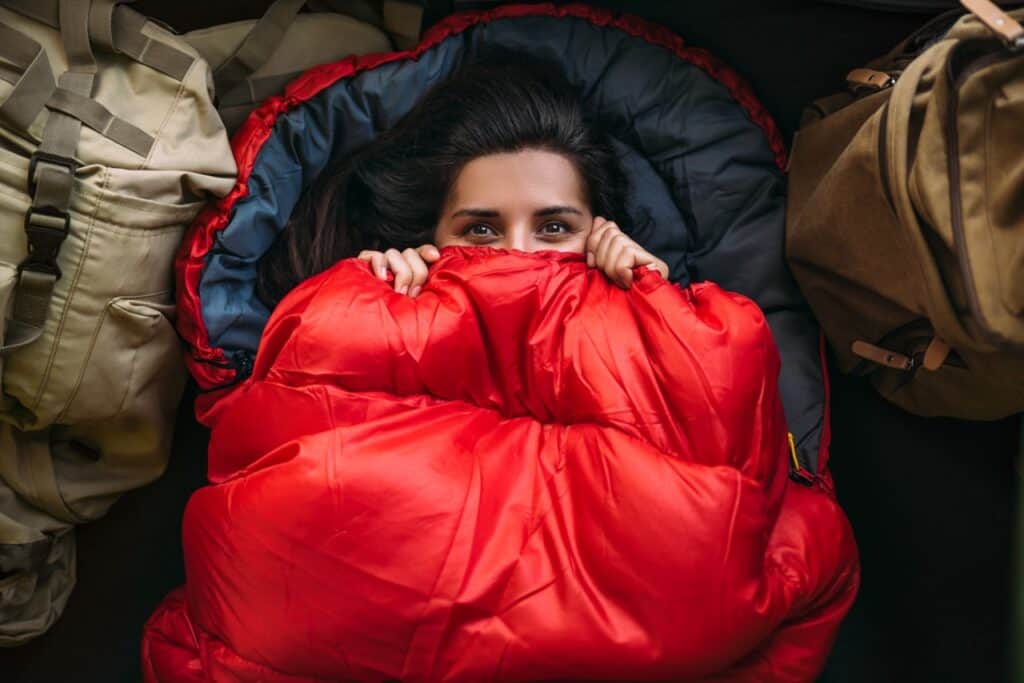
It is best to choose a sleeping bag with a lower temperature rating than you expect to encounter. For example, if you think your winter camping weather will typically be around 35 degrees Fahrenheit, select a bag rated to 25 degrees Fahrenheit. If you become too warm, vent the bag to promote air circulation, or even shed a layer of clothes.
You’ll also want to prevent heat loss from your head. Some sleeping bags offer a hood to trap heat in the bag and around your head. By utilizing a hooded sleeping bag, you can prevent sacred heat from escaping. Select the appropriate sleeping bag for the weather conditions and you can count on a good warm night’s sleep.
Cook in your RV oven
Use your RV oven to bake good food. Heat will naturally escape and act as a secondary heat source. The tasty food that comes out of it can warm up your body. When the baking is done and the oven is off, leave the door open to fill the RV with the fading heat. Never use an empty oven to heat your RV’s interior, and keep the door closed as much as possible (an occasional check on the food is fine) during use.
Stay active
When it’s snowing outside and the temperature inside is almost as cold, it’s natural to want to bundle up in a blanket. And sometimes that’s necessary. But before you regret your decision to winter camp, get your exercise on instead. Working up your internal body temperature will actually help you maintain heat longer. Even a short minute of jumping jacks will do the trick. If the flurries are flying outside, do the exercises inside the RV.
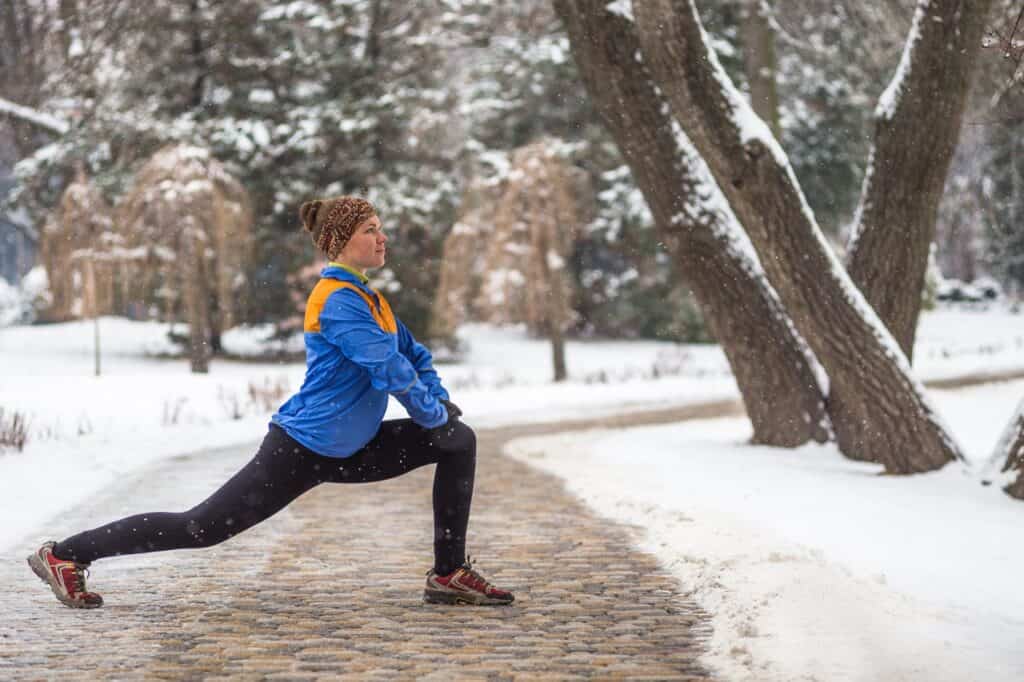
Install cold-weather RV skirting
An RV skirt is insulation material that wraps around the RV exterior to protect the “underthings” from freezing. RV skirting also keeps excess cold and wind out to keep warmth inside your RV. And it can also lessen the impact of strong winter winds blowing underneath.
RV skirt insulation board is created in a variety of materials to tolerate different weather conditions. You can attach to your RV with heavy-duty Velcro. This lets you easily remove the skirt when winter is over, and re-attach the skirt for the following winter season.
You’ll find a huge selection of RV skirting materials that are customizable to the size of your RV. It’s well worth the investment when winter camping for extended periods in one spot.
Learn more about skirting your RV for winter.
Winterize RV plumbing
During extreme cold, pipes, tanks, and hoses need protection from the elements to keep water and waste from freezing. Prep exposed RV plumbing for cold winter months to keep things flowing and increase the longevity of your RV plumbing system. Check out these ideas about how to keep RV plumbing safe in winter, which include:
- Leave your RV’s freshwater tank empty and use bottled water for dishes, drinking, and brushing your teeth.
- By leaving the tank empty you’re eliminating the risk of your fresh water freezing in the tank.
- If you decide to utilize fresh water or use water hookups, insulate the RV water hose and exposed plumbing.
- Put antifreeze in gray and black tanks. Simply pour some down the drain and down the toilet
- Experienced RV winter camping expert Dave Hegelson offers this important winter weather tip:
“Keep your holding tanks and valves from freezing by adding RV antifreeze to the tanks. The amount you will need to add will be proportional to the contents in each tank. Also, if your travels to and from the campground will be through winter conditions, be aware that ice can build up on your dump valves and termination cap, which makes for an interesting proposition when you go to dump your tanks.”
- Experienced RV winter camping expert Dave Hegelson offers this important winter weather tip:
Get an RV tune-up before RVing in winter
Granted, when the snow’s already falling it’s too late for this, but it’s worth mentioning for the future. Whether you’re handy with RV maintenance or you’re willing to pay someone else, give your RV a checkup before winter. By ensuring that your home is “healthy,” you’re avoiding common winter camping problems that can make you even colder during winter.
For example, although driving charges your RV’s batteries, in colder conditions batteries don’t hold a charge as well or as long. Cold weather camping activities like running the furnace will drain the battery much quicker than you might expect. This obviously isn’t an issue if you’re staying at a location with full hookups but something to consider if you’re going to be winter boondocking.
Maintain a “cold” mindset
By mentally preparing yourself to be cold and uncomfortable you’ll trick yourself into thinking, “Oh, this isn’t so bad!” and you’ll be able to enjoy the beauty of cold winter camping instead of resenting it.
Rather than being tense and thinking you’ll never warm up, relax. When we’re cold we tense up our muscles and our mind is aware we are cold. By learning to relax our muscles our brains are “tricked” into thinking we’re comfortable.
Think warm thoughts … picture yourself basking on the hot sand at a beach. Like meditation, through practice, you have the ability to persuade your mind into a warm state.
Warm it up!
The winter is a wonderful time to camp and explore. With fewer campers willing to tolerate lower temperatures, RVing in the coldest time of year can be a magical experience. By following these simple winter camping tips, you’ll be able to witness the true exquisiteness of winter that others will never encounter. Stay warm my friends.


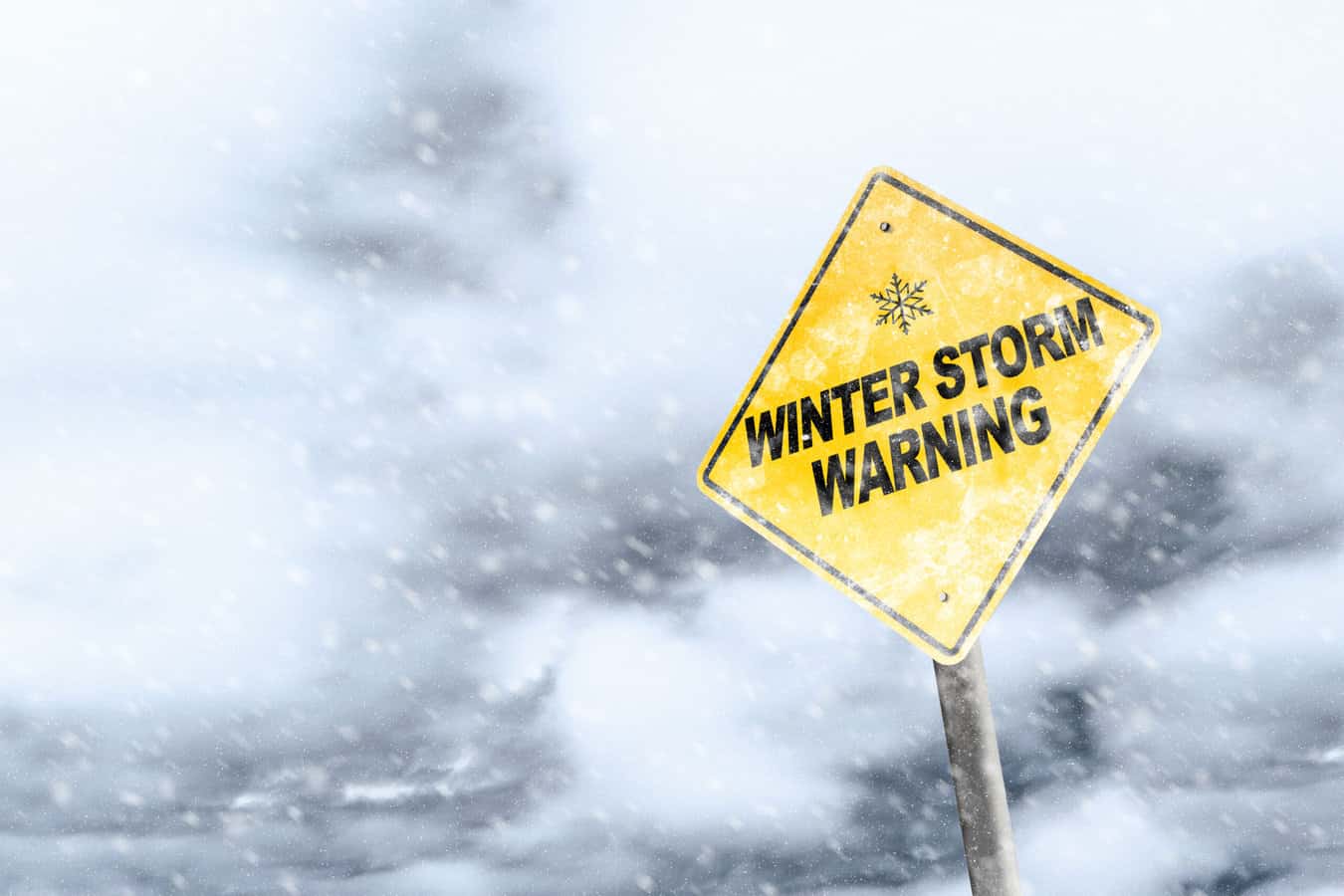
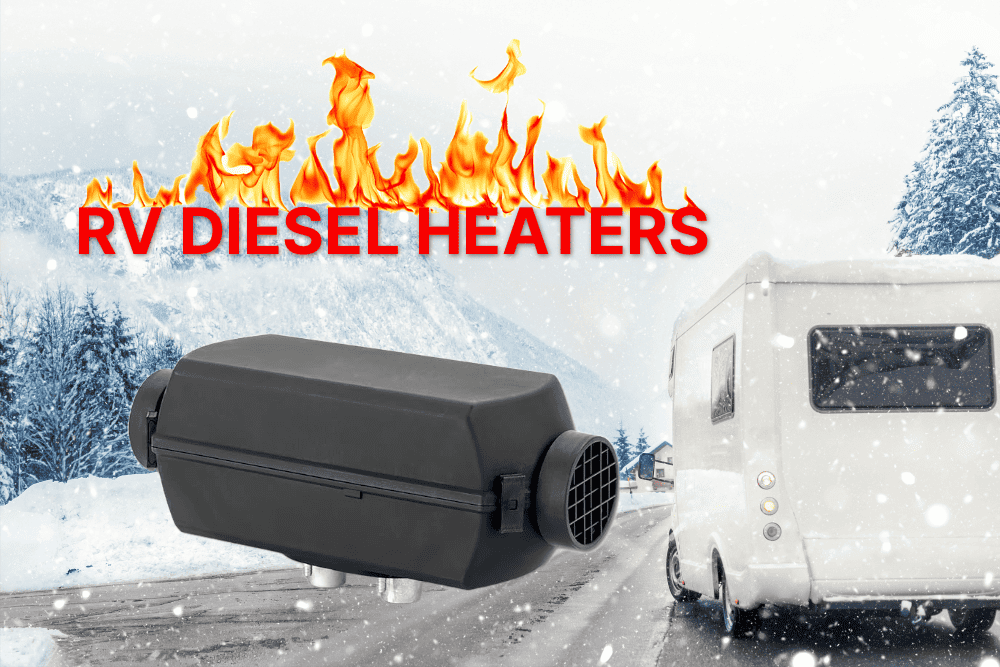
Live in a camper trailer during summer months, now required to travel for work. Like the idea of living in trailer wherever I go. Not sure how to keep warm during winter though. Water lines are outside, have heat hose, use propane. Would say self contained. What else would I need. Park in rv. area.
I live in an older 24 ft camper in northern Minnesota. I only have an electric connection with 2 circuits,nothing else. Space heaters only. During the brutally cold months/days,nights with temps nearing between -10 and -30s plus,plus. That is the time to section off campers interior with layers of sheets,and/or light blankets. long winters will beat you down badly,so you must be strong to survive the many months. I have so far. The outhouse trips at night are simply horrible,and dangerous to ones health. The experiences though surrounded by rare silence are spectacular. Not to mention my wolves,etc. etc.etc. Cheers!
RM
I have solar panels that keep the fridge on. but also let me run a small ceramic heater that has a thermostat.
I am currently dry camping in wisconsin in a 34 foot 1993 rockwood motorhome. Propane would be a ridiculous cost and the blower motor would run my batteries dead in no time. I have 2 kerosene heaters. One is a 10,000 btu radiant heater i use for 20 degrees Fahrenheit and warmer weather and the other is a 24,000 btu convection that so far has kept the temp inside at 68 degrees when it was -14 below zero outside. This is not a well insulated motorhome and it also has drain slots cut under all window channels. Find kerosene at a local supplier for a decent price not at a store for a $20 2.5 gallon jug. I’m paying $3.79/gallon at dj’s in chippewa falls, WI. Use a carbon monoxide detector as they can produce some if not adjusted properly. The 10,000 btu heater uses 1 gallon of kerosene to run 16-17 hours and the 24,000 btu heater runs for 12 hours on 2 gallons.
I use to use kerosene heaters in Japan you must leave a window open or it’s posion becareful
I like the helpful info you supply for your articles. Thanks for sharing a smart thought.
Seriously thinking of an RV as a permanent home. Do you have to use propane? Or can it be hooked up differently?
We have an all electric rig. Aqua hot and heat run on electricity as well as diesel. We will see how warm we stay this winter. This is a new rv for us
If you’re still looking for an answer… Any reputable gas maintenance person should be able to convert your RV to natural gas. Just remember, once converted, always converted (unless you convert everything back)!!!
Rv skirting is a new term to me. I have a small Mercedes Sprinter Van. Even small spaces are hard to keep warm, so I can only imagine a Class A or Class C RV trying to keep it warm. Always learning new tips and tricks for what to try. Thanks for sharing your experience and ideas!
I’ve always wanted to live in an RV for a few years to travel the world but the cold always makes me hesitant. You make a great point about using a thermal sleeping bag for those cold nights. If I ever end up getting an RV I’ll definitely invest in some of these.